It seems like ages since I stood on the stage of the NY Metropolitan Opera House at Lincoln Center with my dear friend, Kevin McKenzie, director of American Ballet Theatre, watching a rehearsal of ABT’s Swan Lake. Yet it was only 14 months ago. But very much has changed–especially in the world of Ballet.
Most ballet companies have taken to presenting digital performances.
I decided to create an entirely Zoom virtual Ballet for Sierra Nevada Ballet to the beautiful music of Milton Williams. Little did I realize how challenging that would be.
There was the fact that each dancer had a small –yet very different space to dance and used different cameras-some dancers had computers and some had Iphones or Ipads. Some had good internet connections and some did not. With all this in mind, it would have been smarter and easier to use each dancer alone but I wanted to show a corps (or group) movement.
The small space issue was the easiest to tackle because (after many choreographic experiments) I determined that no matter how much I wanted to create complex movement, the dancer’s space was limited to two steps forward and two steps backward. My challenge was to create something expressive and yet limited in movement. I was fortunate (for the pas de deux section) to have Erica Chipp and Oliver Adams who are married and could dance together in a larger space- their dance studio in Minden.
After completing the choreography, I asked each dancer to video themselves and send the individual videos to me. I naively assumed that we could just edit the dancers videos together and that all would work perfectly. But after Lyric Burt (of TL Solutions) and I spent over 20 hours of editing this short piece, we realized that each dancer had used a different camera which made it nearly impossible for them to move on film exactly at the same time to the music. Though the end product is not as perfect as we would have liked, we are pleased with SNB’s first entirely virtual production, I Could Do Anything and Pas De Deux .
In the event that large performance venues remain closed for a long period of time, the art of ballet will need to morph for a time into an entirely digital art form and will need to charge a viewing fee in order to pay the dancers, choreographers and editors.
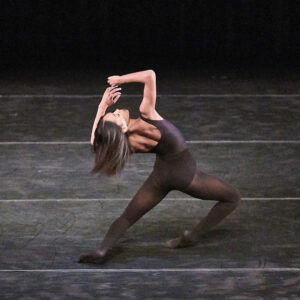
Photo courtesy of RDA
I was asked to teach a virtual Master Ballet Class for the Regional Dance America National Choreography Intensive (providing a one-of-a kind experience for choreographers to explore their craft and for dancers to study in a variety of dance styles with diverse choreographers). I spoke briefly about the challenge of creating digital ballet with Erika Davis, the Chief Executive Officer.
She explained how difficult it is having dancers from all across the US who do not know each other working virtually together with a choreographer who they can only see on Zoom. “This is the first time in 59 years that RDA has taken the NCI program online, and for many participants, it’s the first time making a dance piece for film-virtually at a distance, “ Erika said. “We are learning so much in this new space, and the dancers and choreographers are really enjoying the experience.”
There are already many new digital ballet creations out there online, and some are quite creatively brilliant. Four of my favorites are: Swans For Relief (the beautiful piece danced by ballerinas from all over the world, created by Misty Copeland and Joseph Phillips) to help fund dancers salaries; the very moving Buked by Alvin Ailey American Dance Theater; Bathtub Swan Lake (conceived and innovatively executed by Corey Baker), and the very funny Wilis in Corps-in-tine by the Australian Ballet.
Alaine Haubert (Director of the ABT William Gillespie School in CA) is my good friend and always seems to take a positive path in life. I asked Alaine about her vision for Ballet in 2020 and 2021. “We need to re-think the mission of the art form.” She told me. “ We need to see it as not only a performing art but as an inner exploration of both the individual and collective spirit which is true artistic expression. Dancers, teachers and students must go deep within and relate to one another at a level that transcends distances. Ballet is a universal art form and through it we can all join together as one- no matter the venue.”
Whether digital or live, we are responsible for the future of arts education and ballet touches the soul and that is why the art form is resilient and will always have a valued place in people’s lives.
See Sierra Nevada Ballet’s I Could Do Anything and Pas deux as part of SNB’s Dancing By The River-Still Dancing and SNB’s 2012 full length production of Giselle on the SNB website, www.sierranevadaballet.org. For more information about Sierra Nevada Ballet and the SNB Academy, visit the SNB website.

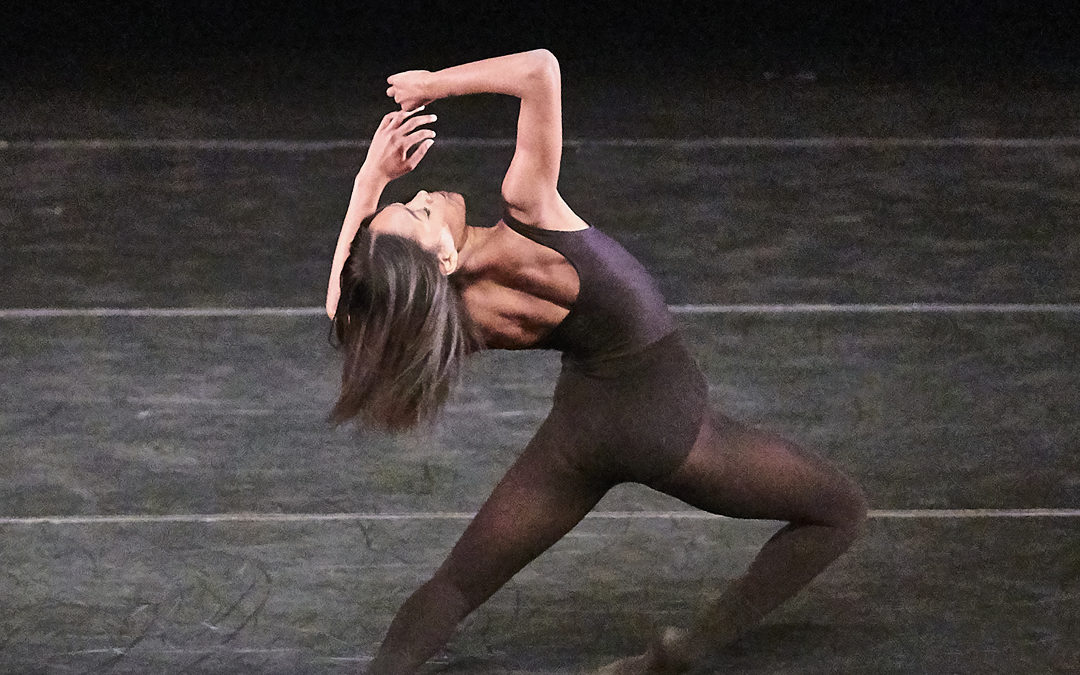
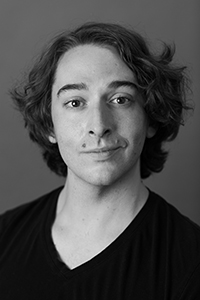 Alexander Cain Biber (Principal Dancer/ Ballet Master/ Choreographer in Residence/Teacher) grew up in a performing arts family and has loved theater and performing from an early age. He began his ballet training, at the age of 14, with Rosine Bena at Western Nevada Performing Arts Center – studying ballet, jazz, tap, and musical theater. In 2003, Alexander became an apprentice with Sierra Nevada Ballet and was promoted to the first company in 2006, to soloist in 2008, and to Principal in 2012.
Alexander Cain Biber (Principal Dancer/ Ballet Master/ Choreographer in Residence/Teacher) grew up in a performing arts family and has loved theater and performing from an early age. He began his ballet training, at the age of 14, with Rosine Bena at Western Nevada Performing Arts Center – studying ballet, jazz, tap, and musical theater. In 2003, Alexander became an apprentice with Sierra Nevada Ballet and was promoted to the first company in 2006, to soloist in 2008, and to Principal in 2012.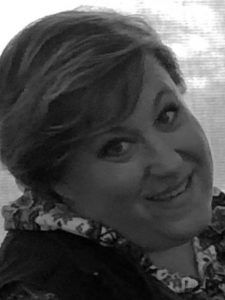 Jennifer Lightfoot-Johnson (Grant Writer and Development Consultant) comes to SNB with 16 years of experience, both professionally and as a volunteer, in grant writing and working in the nonprofit sector.
Jennifer Lightfoot-Johnson (Grant Writer and Development Consultant) comes to SNB with 16 years of experience, both professionally and as a volunteer, in grant writing and working in the nonprofit sector.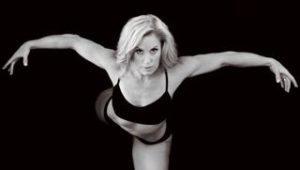 Jennifer Boyle August (Guest Teacher/Choreographer) discovered her love of dance in Reno, Nev. During her time at Reno High School, Jennifer took a Modern class at TMCC, with instruction in Graham, Luigi, and Horton dance technique. While Jennifer was educated in other areas of dance, she felt these styles spoke to her more than anything else. After graduating from Reno High School, she moved to Boston to study dance with Joan Palladino at Dean College where she received her Associate’s Degree in Dance. She was then hand-selected by Judith Jamison to study at Alvin Ailey Summer Dance Intensive program in New York City.
Jennifer Boyle August (Guest Teacher/Choreographer) discovered her love of dance in Reno, Nev. During her time at Reno High School, Jennifer took a Modern class at TMCC, with instruction in Graham, Luigi, and Horton dance technique. While Jennifer was educated in other areas of dance, she felt these styles spoke to her more than anything else. After graduating from Reno High School, she moved to Boston to study dance with Joan Palladino at Dean College where she received her Associate’s Degree in Dance. She was then hand-selected by Judith Jamison to study at Alvin Ailey Summer Dance Intensive program in New York City.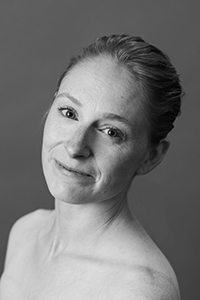 Sara Weir (Demi Soloist) was born in Provo, Utah, and started ballet at age three. She trained in dance with Trisha Wilstead at Rocky Mountain Dance and then trained with Brittany Squires and Heather Gray at Jaquiline’s School of Ballet. She performed professionally with Showcase and Theater Ballet at Brigham Young University, Utah Regional Ballet, and Sacramento Ballet.
Sara Weir (Demi Soloist) was born in Provo, Utah, and started ballet at age three. She trained in dance with Trisha Wilstead at Rocky Mountain Dance and then trained with Brittany Squires and Heather Gray at Jaquiline’s School of Ballet. She performed professionally with Showcase and Theater Ballet at Brigham Young University, Utah Regional Ballet, and Sacramento Ballet. Carlee Bertero (Soloist/ Teacher) was born in northern Nevada and began studying dance at an early age at Fascinating Rhythm School of Performing Arts in Reno. Carlee was invited to join the Sierra Nevada Ballet Apprentice program in 2012; was raised to the first company in 2013; to featured corps member in 2016, to Demi-Soloist in 2017, and to Soloist in 2021. She has performed in many SNB story ballets such as Peanutcracker-The Story In A Nutshell, Giselle, Swan Lake, Coppelia, Romeo and Juliet, Cinderella, Sleeping Beauty-A Fairy’s Tale, A Midsummer Nights Dream- A Steam Punk Ballet, and Twelfth Night-A Ballet Noir. She has performed as a featured dancer with SNB annually in Dancing By The River as part of Reno’s Artown Festival and in SNB’s annual Brew Brats and Ballet in Reno and Carson City.
Carlee Bertero (Soloist/ Teacher) was born in northern Nevada and began studying dance at an early age at Fascinating Rhythm School of Performing Arts in Reno. Carlee was invited to join the Sierra Nevada Ballet Apprentice program in 2012; was raised to the first company in 2013; to featured corps member in 2016, to Demi-Soloist in 2017, and to Soloist in 2021. She has performed in many SNB story ballets such as Peanutcracker-The Story In A Nutshell, Giselle, Swan Lake, Coppelia, Romeo and Juliet, Cinderella, Sleeping Beauty-A Fairy’s Tale, A Midsummer Nights Dream- A Steam Punk Ballet, and Twelfth Night-A Ballet Noir. She has performed as a featured dancer with SNB annually in Dancing By The River as part of Reno’s Artown Festival and in SNB’s annual Brew Brats and Ballet in Reno and Carson City.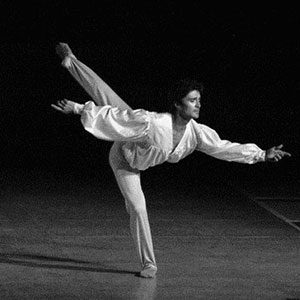 Domingo Rubio (Second Permanent Guest Artist/Guest Teacher) is SNB’s second Permanent Guest Artist as of May 2005. He has danced professionally for some 30 years. Domingo has danced with the Joffrey Ballet and Ballet Hispanico and was featured in the Robert Altman film, The Company. Rubio danced the role of Maxfield Parrish in SNB’s, A Painter’s Love Story and is a featured artist in SNB’s Dancing By the River and annual ballet classics.
Domingo Rubio (Second Permanent Guest Artist/Guest Teacher) is SNB’s second Permanent Guest Artist as of May 2005. He has danced professionally for some 30 years. Domingo has danced with the Joffrey Ballet and Ballet Hispanico and was featured in the Robert Altman film, The Company. Rubio danced the role of Maxfield Parrish in SNB’s, A Painter’s Love Story and is a featured artist in SNB’s Dancing By the River and annual ballet classics.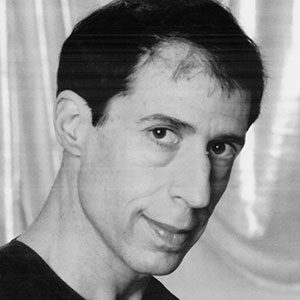 Sam Weber (First Permanent Guest Artist/ Guest Teacher) is SNB’s first Permanent Guest Artist and is a founding member of the Company. He was one of the first permanent guest artists of The Reno Ballet under the direction of Rosine Bena. Weber danced with the Joffery Ballet, San Francisco Ballet, Sacramento Ballet, Peninsula Ballet Theatre, and The Jazz Tap Ensemble. Besides being a fine ballet dancer, Weber is considered one of the greatest tap dancers in the world. He is known as “the fastest feet in tap.”
Sam Weber (First Permanent Guest Artist/ Guest Teacher) is SNB’s first Permanent Guest Artist and is a founding member of the Company. He was one of the first permanent guest artists of The Reno Ballet under the direction of Rosine Bena. Weber danced with the Joffery Ballet, San Francisco Ballet, Sacramento Ballet, Peninsula Ballet Theatre, and The Jazz Tap Ensemble. Besides being a fine ballet dancer, Weber is considered one of the greatest tap dancers in the world. He is known as “the fastest feet in tap.” Gina Nelson (SNB Company Coordinator for Carson City and SNB Board Member) is originally from Napa Valley, Calif., and a long-time supporter of the arts and arts education. Gina worked as a crisis prevention specialist in a day treatment elementary school and was a counselor/teacher in a non-public school for at-risk boys.
Gina Nelson (SNB Company Coordinator for Carson City and SNB Board Member) is originally from Napa Valley, Calif., and a long-time supporter of the arts and arts education. Gina worked as a crisis prevention specialist in a day treatment elementary school and was a counselor/teacher in a non-public school for at-risk boys. Steven M. Porter (SNB Board President/SNB CEO) is a long-time devotee of the arts. Originally from the East Coast, Steve was raised with love and devotion to all the arts.
Steven M. Porter (SNB Board President/SNB CEO) is a long-time devotee of the arts. Originally from the East Coast, Steve was raised with love and devotion to all the arts.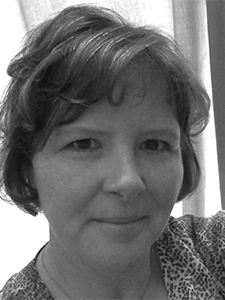 Cathy Mercer (SNB Company Coordinator for Reno/Managing Director/Board Member) grew up in Carson City and is a former dancer with a long-time devotion to the art form.
Cathy Mercer (SNB Company Coordinator for Reno/Managing Director/Board Member) grew up in Carson City and is a former dancer with a long-time devotion to the art form.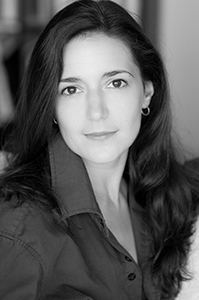 Ananda Bena-Weber (Associate Director, Dance Artist/ Ballerina/Principal/Teacher) is a principal dancer and NY award-winning artist and the Associate Director of the Sierra Nevada Ballet and a founding member. She has danced professionally as a soloist with the Reno Ballet when it was formed in 1994/95 and 1996. She danced with Perspectives Dance Theatre and Fascinating Rhythm Productions. She has appeared as a featured soloist with Sam Weber performing in Morton Gould’s “Concerto for Tap Dancer and Orchestra” throughout the SF Bay Area. She has appeared in principal roles in several original dance works such as Take Me To The River and Blue Rondo, and classics such as Les Sylphides, Romeo and Juliet, and Paquita.
Ananda Bena-Weber (Associate Director, Dance Artist/ Ballerina/Principal/Teacher) is a principal dancer and NY award-winning artist and the Associate Director of the Sierra Nevada Ballet and a founding member. She has danced professionally as a soloist with the Reno Ballet when it was formed in 1994/95 and 1996. She danced with Perspectives Dance Theatre and Fascinating Rhythm Productions. She has appeared as a featured soloist with Sam Weber performing in Morton Gould’s “Concerto for Tap Dancer and Orchestra” throughout the SF Bay Area. She has appeared in principal roles in several original dance works such as Take Me To The River and Blue Rondo, and classics such as Les Sylphides, Romeo and Juliet, and Paquita.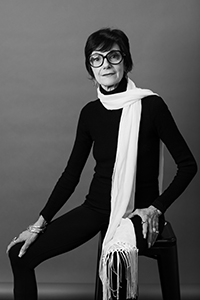 Rosine Bena (Founder and Artistic Director/Master Teacher)
Rosine Bena (Founder and Artistic Director/Master Teacher) Sophia Riella (Trainee) was born in Truckee, Calif. She started ballet at the age of two with Sherrie Petersen, Sierra Ballet School and continued there for six years while also studying Irish and Scottish Dance with Lindsey Marccaci in Lake Tahoe and at Truckee Dance Factory doing competition dance. She has also studied classical music, composing, and piano with Elaine Courtney and has studied voice with Stephanie McMoy.
Sophia Riella (Trainee) was born in Truckee, Calif. She started ballet at the age of two with Sherrie Petersen, Sierra Ballet School and continued there for six years while also studying Irish and Scottish Dance with Lindsey Marccaci in Lake Tahoe and at Truckee Dance Factory doing competition dance. She has also studied classical music, composing, and piano with Elaine Courtney and has studied voice with Stephanie McMoy. Erin Garman (First Year Company) began dancing at the age of 12 at Scene Stealers Theatre Arts where she trained in jazz, tap, lyrical, musical theatre, and ballet. She later began training with Fascinating Rhythm School of Performing Arts where she continued training in many styles and at Sierra Nevada Ballet Academy where she first met Rosine Bena, and started getting more serious about ballet, also dancing with Spiral Ballet.
Erin Garman (First Year Company) began dancing at the age of 12 at Scene Stealers Theatre Arts where she trained in jazz, tap, lyrical, musical theatre, and ballet. She later began training with Fascinating Rhythm School of Performing Arts where she continued training in many styles and at Sierra Nevada Ballet Academy where she first met Rosine Bena, and started getting more serious about ballet, also dancing with Spiral Ballet. Maya Macias (Trainee) was born in Houston, Texas into a military family. While her family was stationed in Memphis, Tennessee, at age two and a half years old, Maya began studying dance at the Children’s Ballet Theater because she wanted to go to “ballerina school. “ Maya continued her ballet training at Space Coast Ballet and when she was six years old, she began performing with Space Coast Ballet in the Nutcracker.
Maya Macias (Trainee) was born in Houston, Texas into a military family. While her family was stationed in Memphis, Tennessee, at age two and a half years old, Maya began studying dance at the Children’s Ballet Theater because she wanted to go to “ballerina school. “ Maya continued her ballet training at Space Coast Ballet and when she was six years old, she began performing with Space Coast Ballet in the Nutcracker.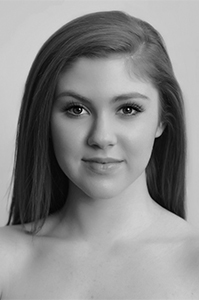 Olivia Mann (SNB Summer Demi Soloist) began studying at the age of four at Dallas Metropolitan Ballet, and the Dallas Ballet Center and later trained at Booker T. Washington for the Performing and Visual Arts.
Olivia Mann (SNB Summer Demi Soloist) began studying at the age of four at Dallas Metropolitan Ballet, and the Dallas Ballet Center and later trained at Booker T. Washington for the Performing and Visual Arts.
 Heather Rodriguez (Trainee) started dancing at nine years old in Corpus Christi, Texas. She continued studying Ballet, Contemporary, and Jazz throughout her childhood with Corpus Christi Concert Ballet.
Heather Rodriguez (Trainee) started dancing at nine years old in Corpus Christi, Texas. She continued studying Ballet, Contemporary, and Jazz throughout her childhood with Corpus Christi Concert Ballet.